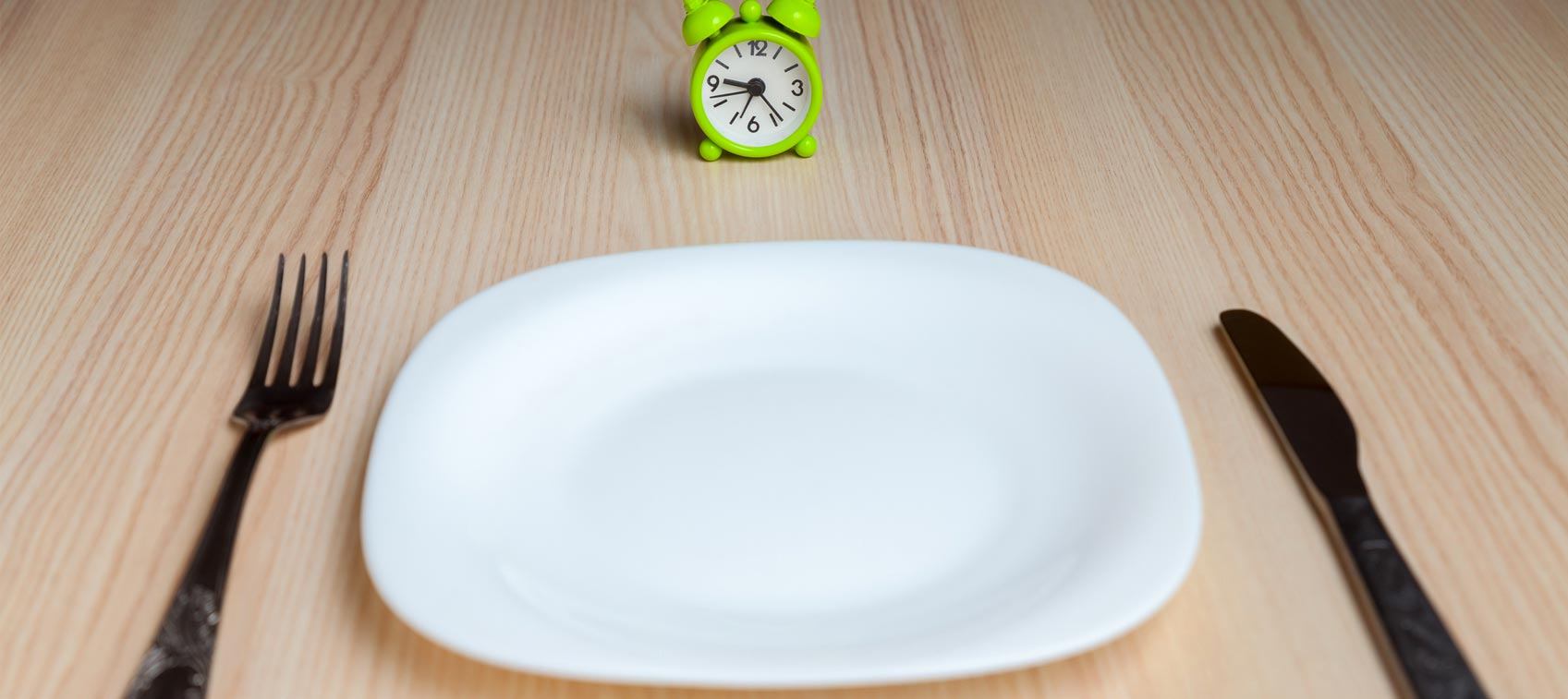
Eating breakfast, lunch, and dinner is so deeply engrained that we rarely question it. From a medical perspective, however, there is no rationale for eating three meals a day. It’s simply a cultural construct woven into our daily lives, work and school schedules, and social activities.
Our ancient ancestors didn’t have regular mealtimes. They ate when and what they could hunt or gather. Intermittent fasting was the rule, not the exception. The feast-or-famine environment in which we evolved has made the human body exceptionally well adapted to going for prolonged periods without food.
You wouldn’t know it in modern America, where breakfast is positioned as the most important meal of the day, food cravings are confused with hunger, and snacking from morning to night is perfectly acceptable. Our current eating habits seem normal to us, but they are unprecedented in history and are a prime contributor to our staggering rates of obesity, type 2 diabetes, and degenerative diseases.
Benefits of Intermittent Fasting
Eating less—and less often—does much more than promote weight loss. Calorie restriction turns on protective genes that trigger cell regeneration, mitochondrial health, and DNA repair. Long-term restriction actually extends lifespan and reduces disease burden. Laboratory animals fed 30 percent fewer calories live 10–20 percent longer and age more gracefully than their well-fed lab-mates.
Intermittent fasting, which is much less draconian, has many of the same benefits. Regularly skipping meals is a mild stressor that boosts defense and repair mechanisms. It increases mitochondrial efficiency, reduces oxidative stress, and revs up processes that promote the proper folding and assembly of proteins and the clearing out of damaged molecules and cellular debris.
Periodic fasting also improves insulin resistance, abdominal obesity, blood sugar and lipid abnormalities, hypertension, and other aspects of metabolic syndrome. In addition, it raises levels of brain-derived neurotrophic factor (BDNF), a protein that enhances cognitive function and protects against neurodegeneration.
Weight loss is the focus of most of the clinical trials, and they show that this approach is more effective and sustainable than low-calorie dieting for reducing body fat while maintaining muscle mass. Fasting turns you into a fat-burning machine. After about 12 hours without eating, glycogen (the storage form of glucose) is depleted, and your body switches over to using fat for energy. As long as you stay in fasting mode, you’ll continue to burn stored fat. And if you exercise while in the fasting state, fat burning shifts into high gear.
Many Options for Fasting
The great thing about intermittent fasting is that you have lots of options.
The 2013 book The Fast Diet recommends eating 500–600 calories any two non-consecutive days per week and normally the other five. In a study published in 2018, researchers at the University of Illinois at Chicago followed hundreds of obese patients on eight- to 10-week regimens of alternate-day fasting (very low-cal every other day) and reported average losses of 13 pounds and significant improvements in blood pressure, insulin, cholesterol, and triglycerides.
The book The 8-Hour Diet describes time restricted, limiting eating to an eight-hour period. It doesn’t matter what hours you decide to fast.
The “mini-fast” program, which I personally created for my patients, involves skipping breakfast, as it stretches the 10 or so fasting hours during sleep into 14–16 hours. Breakfast also seems to be the easiest meal to miss, as dinner is often family or social time.
I have the most clinical experience with this type of time-restricted intermittent fasting. In fact, I wrote a book about it called The Mini-Fast Diet, which lays out the nuts and bolts of the program and has dozens of inspiring before-and-after stories and photos. The program is simple; here's how it works:
- Skip breakfast. Get up in the morning and have some water, coffee, or tea—but don’t eat breakfast.
- Lace up your sneakers. Exercise for 30–45 minutes at moderate intensity. Brisk walking is best because most everyone can do it. Engaging in aerobic exercise while mini-fasting revs up fat burning. If you have breakfast before exercising, you’ll simply burn the carbohydrates you just ate instead of the fat in your belly, hips, and elsewhere.
- Get on with your day. After you exercise, get on with your day, but delay eating until around noon. Drink plenty of water and non-caloric beverages such as coffee and tea, as caffeine helps curb appetite. But don’t eat. If you eat right after exercise, you won’t continue to burn fat. Don’t worry about being too hungry to make it through the morning. You may have to try this to believe it, but this mini-fasting/exercise combo will dampen your appetite.
- Break your fast. At lunchtime, break your fast and eat normally. You don’t have to count calories, but don’t binge either—that will undermine any weight loss program. It doesn’t really matter what you eat either—at least in theory. However, for enduring weight loss and overall health, you should be cleaning up your diet and concentrating on whole foods such as lean protein, low-glycemic carbs, lots of vegetables, and a little fruit.
Intermittent Fasting Is Easier Than Dieting
Breaking old habits isn’t easy. Cutting out meals and going longer stretches without eating takes discipline and getting used to. However, it’s a heck of a lot easier and more rewarding than counting calories, avoiding specific foods, and obsessing about dieting all day. And if you stick with it, weight loss and better health are inevitable.
A final note: Intermittent fasting is not recommend during pregnancy/nursing or for anyone prone to hypoglycemia.


